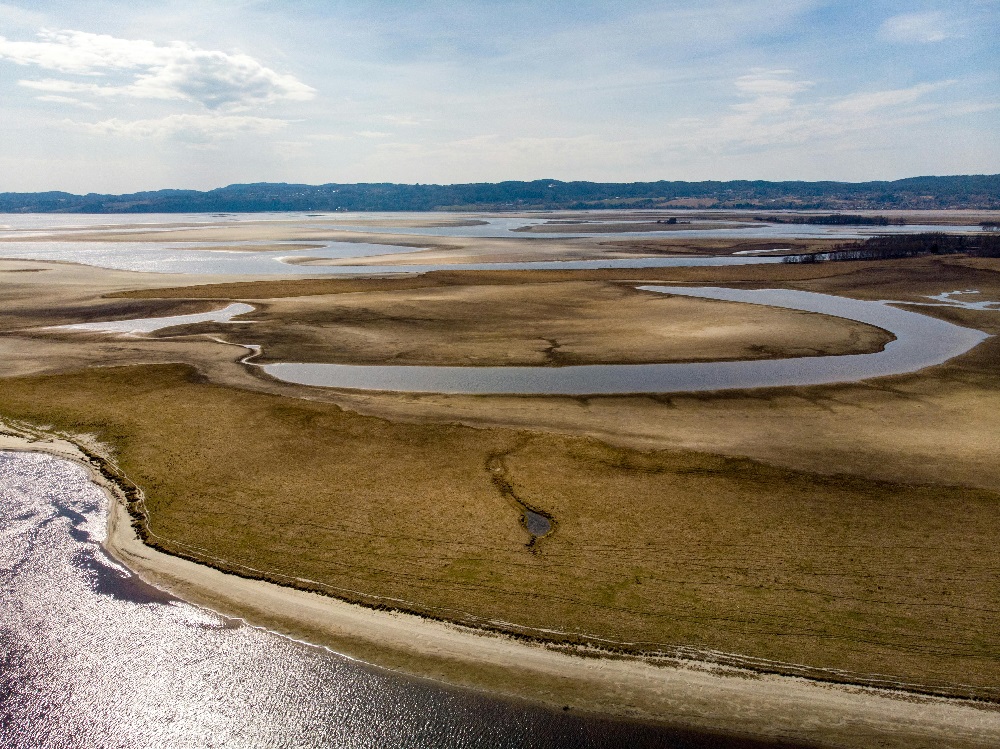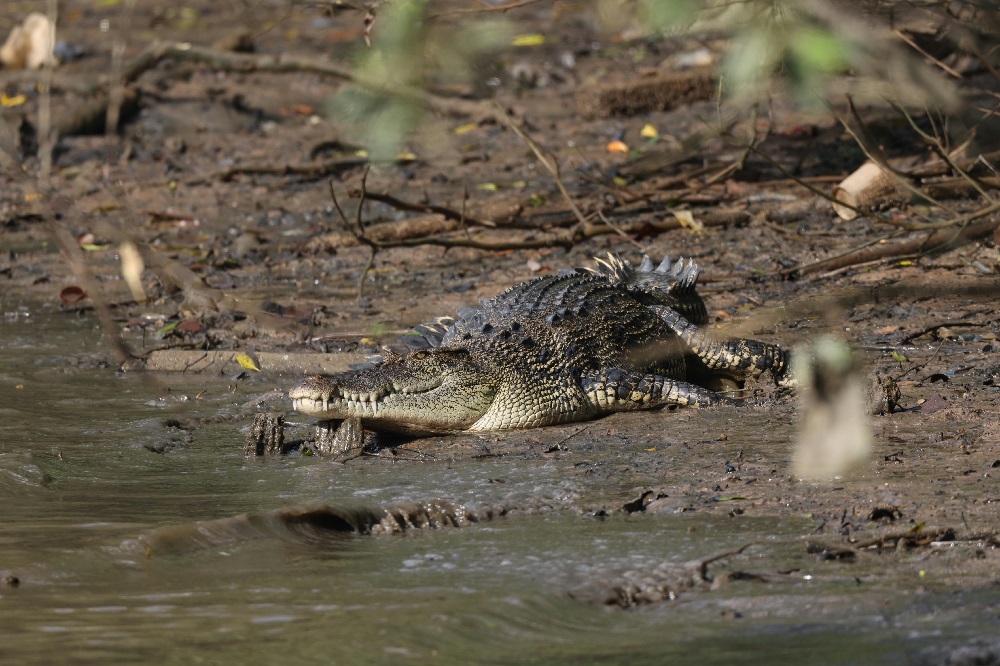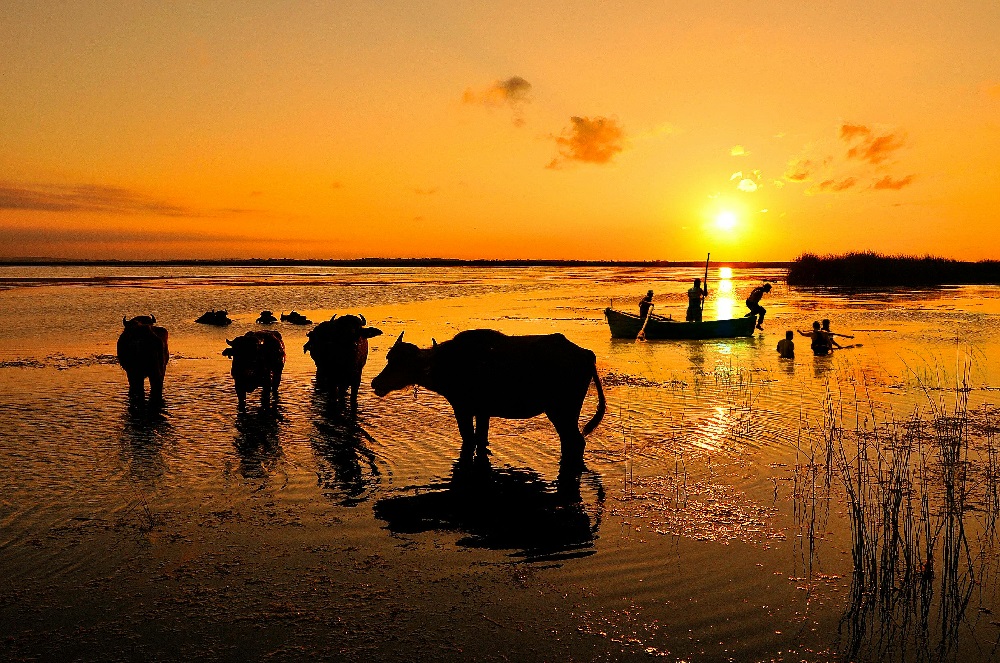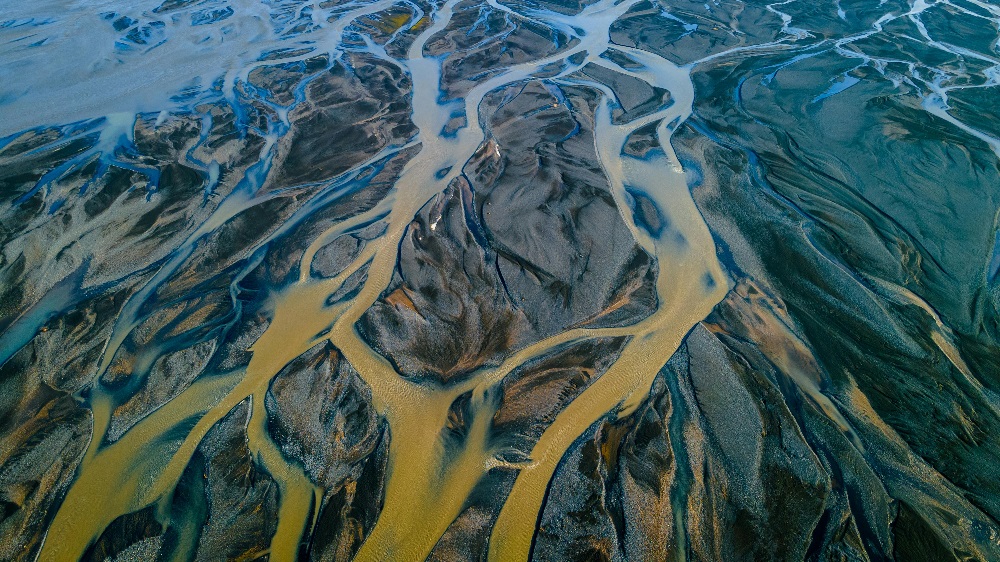The Okavango Delta is not just another safari destination; it is one of the most remarkable ecosystems in the world, earning its UNESCO World Heritage Site status for good reason. While many wildlife areas across Africa offer game drives, the Delta’s truly unique and iconic experience is the mokoro safari. A mokoro is a traditional dugout canoe, historically carved from the trunk of a large tree, though today they are often made from eco-friendly fiberglass to protect the environment. Gliding silently through narrow channels fringed with papyrus, reeds, and lilies, travelers are immersed in a world that feels timeless and untouched.
Unlike a vehicle safari, a mokoro journey allows you to move quietly through shallow floodplains, getting close to aquatic birds, tiny reed frogs, and elephants wading through the water. The stillness is magical, punctuated only by the gentle splash of the poler’s stick as they navigate. You can’t replicate this in any other safari destination. The mokoro experience is not about chasing big game at speed; it’s about slowing down and absorbing the Delta’s beauty, letting the sounds of nature wash over you. It connects you not only to the wildlife but also to the culture of the people who have lived alongside the Delta for generations. Many local polers are from the Bayei and Hambukushu tribes, whose ancestors perfected the art of navigating these waters.
For visitors, the mokoro is often the most memorable moment of their trip—a blend of adventure, peace, and intimacy with nature that captures the Delta’s soul. It’s an experience where you stop being a spectator and become part of the landscape.

How much does a safari cost in Botswana?
Botswana is renowned for its high-value, low-volume tourism model, which prioritizes conservation and exclusivity over mass tourism. This philosophy means that safaris here are typically more expensive than in many other African countries, but the trade-off is an unparalleled wilderness experience with fewer visitors and pristine conditions.
On average, a mid-range Botswana safari that includes the Okavango Delta costs between $500 and $900 per person per night. This often includes accommodation in tented camps or lodges, meals, game drives, mokoro trips, boat safaris, and park fees. Luxury lodges—some of the most exclusive in Africa—can range from $1,200 to $3,000 per person per night, offering private plunge pools, personal guides, and helicopter transfers.
The cost also varies depending on whether you choose a fully inclusive fly-in safari or a mobile tented safari. Fly-in safaris, where you travel between camps via small charter planes, maximize time in the bush and avoid long drives, but they are more expensive. Mobile safaris, on the other hand, provide a more adventurous and intimate feel, often at a slightly lower cost while still offering exceptional wildlife encounters.
One reason Botswana safaris cost more is the remoteness of the Delta. Supplies, staff, and equipment must be transported by plane or boat, and eco-friendly operations require careful investment. The result is a
and sustainable, preserving the delicate balance of this watery wilderness.
Which month does the Okavango Delta flood?
The Okavango Delta’s flooding pattern is one of nature’s most fascinating spectacles. Unlike many rivers, the Okavango’s waters do not come from local rainfall but from seasonal rains that fall in the Angolan highlands, hundreds of kilometers away. These rains swell the Okavango River, and the water slowly travels south, taking months to reach Botswana.
Typically, the floodwaters begin arriving in the Delta around late April or May, with water levels peaking between June and August. This timing creates the unusual phenomenon where the Delta’s highest water levels occur during Botswana’s dry winter months. As much of the surrounding land dries up, the Delta becomes a lush oasis, attracting animals from all around to drink, feed, and breed.
The flood not only transforms the landscape but also changes how you explore it. Channels that were once dry grasslands become navigable waterways, perfect for mokoro safaris and boat cruises. Birdlife explodes in diversity, with species such as African jacanas, fish eagles, and kingfishers thriving in the wetlands.
The flooding is the heartbeat of the Delta, shaping its ecosystem and sustaining its wildlife. Understanding its rhythm is crucial for planning your visit, especially if you want to experience the full magic of this seasonal wonder.
Is it safe to swim in the Okavango Delta?
While the crystal-clear channels of the Okavango Delta might look inviting, swimming is generally not recommended for safety reasons. The waters are home to hippos and crocodiles, both of which can be dangerous to humans. Hippos, in particular, are territorial and can be aggressive if they feel threatened, while crocodiles are stealthy predators capable of surprising even experienced guides.
That said, some lodges and tour operators may offer carefully selected swimming spots where the risk is minimal—often in shallow, narrow channels with good visibility and no signs of large animals. In these cases, guides will assess the area first, and safety protocols will be strictly followed.
If you’re looking for a safe place to cool off, many luxury lodges in the Delta have beautiful swimming pools with views over floodplains or lagoons. This allows you to enjoy the water while still observing wildlife from a safe distance. The Delta is best experienced as a habitat for its wild residents, and part of the thrill is knowing you’re in their world, not the other way around.
What should I wear to the Okavango Delta?
Packing for the Okavango Delta is about balancing comfort, practicality, and respect for the environment. Days can be warm, especially in summer, so lightweight, breathable clothing is essential. Neutral tones such as khaki, beige, and olive help you blend into the surroundings and avoid attracting insects.
During the early mornings and evenings, temperatures can drop significantly, particularly in winter (May to August), so packing layers is key. A warm fleece or jacket will keep you comfortable during dawn and dusk game drives. A wide-brimmed hat, sunglasses, and high SPF sunscreen are must-haves for sun protection, as the Delta’s open areas can be intense under midday heat.
For footwear, comfortable closed-toe shoes are ideal for walking safaris, while sandals or flip-flops work well in camp. Don’t forget a lightweight rain jacket if traveling during the wet season from November to March.
Most importantly, bring insect repellent to protect against mosquitoes, and consider clothing treated with permethrin for added defense. The right wardrobe will ensure you stay comfortable while allowing you to focus fully on the wonders of the Delta.
What is the peak season in Botswana?
The peak season for visiting Botswana, and especially the Okavango Delta, coincides with its dry winter months from June to October. This is when the floodwaters are at their fullest, attracting wildlife from surrounding regions, and the sparse vegetation makes animals easier to spot.
During this period, game viewing is at its best. Large herds of elephants, buffalo, and antelope gather at water sources, and predators such as lions, leopards, and wild dogs follow closely. The clear skies and cooler temperatures also make for comfortable days and crisp, cool nights.
Because of the exceptional conditions, peak season also means higher prices and increased demand for accommodation. Lodges and camps often book up a year in advance, especially for July and August. For travelers seeking the ultimate Delta experience, this is the time to visit, but planning ahead is essential.
Can you see the Big 5 in Okavango Delta?
The Okavango Delta is one of the few places in Africa where you have a good chance of seeing all members of the famed Big 5—lion, leopard, elephant, buffalo, and rhino. While the first four are regularly sighted, rhinos are rarer and typically found in certain protected areas within the Delta, such as the Moremi Game Reserve, where conservation efforts have successfully reintroduced them.
Lions are often seen lounging under acacia trees or stalking prey along floodplain edges. Leopards, elusive by nature, are spotted resting in trees or patrolling their territories at night. Elephants are perhaps the Delta’s most iconic residents, frequently seen wading through channels or grazing on islands. Buffalo move in massive herds, particularly in the dry season when water is scarce elsewhere.
Seeing the Big 5 in the Delta is not just about ticking off a list—it’s about witnessing these animals in an environment that remains largely untouched by human development. The thrill comes from encountering them in their natural habitat, surrounded by the beauty of Botswana’s wetlands.
What is the closest city to the Okavango Delta?
The closest major gateway to the Okavango Delta is Maun, often referred to as the “safari capital” of Botswana. Maun is a bustling hub where small-town life meets the energy of an adventure launch point. It’s home to an airport that receives both domestic and limited international flights, as well as charters into the heart of the Delta.
From Maun, visitors can connect to their chosen lodge or camp via light aircraft flights, which not only save time but also offer breathtaking aerial views of the waterways and islands. The flight itself is a highlight, giving a bird’s-eye perspective of elephants grazing, hippos wallowing, and the intricate maze of channels that define the Delta.
While Maun is mainly a transit point, it has accommodations ranging from budget guesthouses to comfortable hotels, along with shops, restaurants, and safari outfitters. It’s the perfect place to stock up on essentials before heading into the wild.
How long is the flight from Victoria Falls to Okavango Delta?
Traveling from Victoria Falls to the okavango delta is a popular route for those combining Zimbabwe or Zambia’s iconic waterfall with Botswana’s wetlands. The flight typically takes about two hours, depending on your exact departure point and final destination within the Delta.
Flights usually involve a stopover in Kasane or Maun, where you’ll transfer to a smaller charter plane for the final leg. While it may sound like a lot of connections, each step brings you closer to the wilderness, and the views from the air make the journey part of the adventure.
Many travelers choose this route because it seamlessly blends two very different African icons—the thundering power of Victoria Falls and the tranquil beauty of the Okavango Delta. It’s a contrast that makes for a truly unforgettable safari itinerary.
What is the best month to go to Okavango Delta?
The best month to visit the
depends on what you want to experience, but many agree that July to September offers the ideal balance of high water levels, pleasant weather, and outstanding wildlife viewing.
In these months, the floodwaters have fully arrived, creating a vast network of navigable channels for mokoro trips and boat safaris. Wildlife congregates in large numbers, and the dry climate ensures clear skies and comfortable temperatures.
However, each month in the Delta has its own appeal. April and May bring the first arrival of floodwaters and fewer tourists. October offers intense game viewing before the first rains, while November to March is the green season, with dramatic thunderstorms and lush scenery, perfect for birdwatching.
No matter the month, the Delta’s magic remains constant, but timing your visit well can elevate your experience from remarkable to life-changing.



